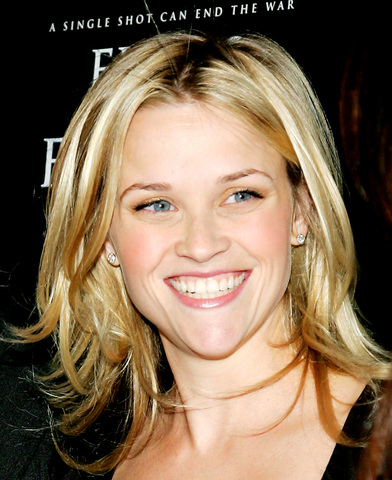Oscar-winner Nicole Kidman has become the top-paid actress in Hollywood, fetching US$17 million per movie, according to Hollywood Reporter's annual list released Wednesday.
The Australian beauty dethroned last year's top moneymaker, American actress Reese Witherspoon, a fellow Oscar laureate who was second this year with US$15 million per flick, the trade publication said.
For the first time in the Hollywood Reporter list's five-year history, Julia Roberts did not make the ranking as she has dedicated much of her time lately to raising her twins.

PHOTOS: AFP
But Kidman, 39, who won an Oscar for playing writer Virginia Woolf in The Hours, was unable to match the feat of Roberts, also an Oscar winner, who earned US$20 million per movie in her busier years.
Renee Zellweger, the star of Bridget Jones's Diary, was in third place in this year's list, also with US$15 million.
Charlies Angels co-stars Drew Barrymore and Cameron Diaz were in fourth and fifth place, respectively, both scoring US$15 million for each movie as well.

Two more Oscar winners, American beauty Halle Berry of Monster's Ball earned US$14 million per movie and South African actress Charlize Theron of Monster earned US$10 million.
Angelina Jolie was in the eighth spot with US$10 million, followed by Kirsten Dunst with between US$8 million and US$10 million, and Jennifer Aniston with US$8 million.

One of the biggest sore spots in Taiwan’s historical friendship with the US came in 1979 when US president Jimmy Carter broke off formal diplomatic relations with Taiwan’s Republic of China (ROC) government so that the US could establish relations with the People’s Republic of China (PRC). Taiwan’s derecognition came purely at China’s insistence, and the US took the deal. Retired American diplomat John Tkacik, who for almost decade surrounding that schism, from 1974 to 1982, worked in embassies in Taipei and Beijing and at the Taiwan Desk in Washington DC, recently argued in the Taipei Times that “President Carter’s derecognition

This year will go down in the history books. Taiwan faces enormous turmoil and uncertainty in the coming months. Which political parties are in a good position to handle big changes? All of the main parties are beset with challenges. Taking stock, this column examined the Taiwan People’s Party (TPP) (“Huang Kuo-chang’s choking the life out of the TPP,” May 28, page 12), the Democratic Progressive Party (DPP) (“Challenges amid choppy waters for the DPP,” June 14, page 12) and the Chinese Nationalist Party (KMT) (“KMT struggles to seize opportunities as ‘interesting times’ loom,” June 20, page 11). Times like these can

JUNE 30 to JULY 6 After being routed by the Japanese in the bloody battle of Baguashan (八卦山), Hsu Hsiang (徐驤) and a handful of surviving Hakka fighters sped toward Tainan. There, he would meet with Liu Yung-fu (劉永福), leader of the Black Flag Army who had assumed control of the resisting Republic of Formosa after its president and vice-president fled to China. Hsu, who had been fighting non-stop for over two months from Taoyuan to Changhua, was reportedly injured and exhausted. As the story goes, Liu advised that Hsu take shelter in China to recover and regroup, but Hsu steadfastly

You can tell a lot about a generation from the contents of their cool box: nowadays the barbecue ice bucket is likely to be filled with hard seltzers, non-alcoholic beers and fluorescent BuzzBallz — a particular favorite among Gen Z. Two decades ago, it was WKD, Bacardi Breezers and the odd Smirnoff Ice bobbing in a puddle of melted ice. And while nostalgia may have brought back some alcopops, the new wave of ready-to-drink (RTD) options look and taste noticeably different. It is not just the drinks that have changed, but drinking habits too, driven in part by more health-conscious consumers and